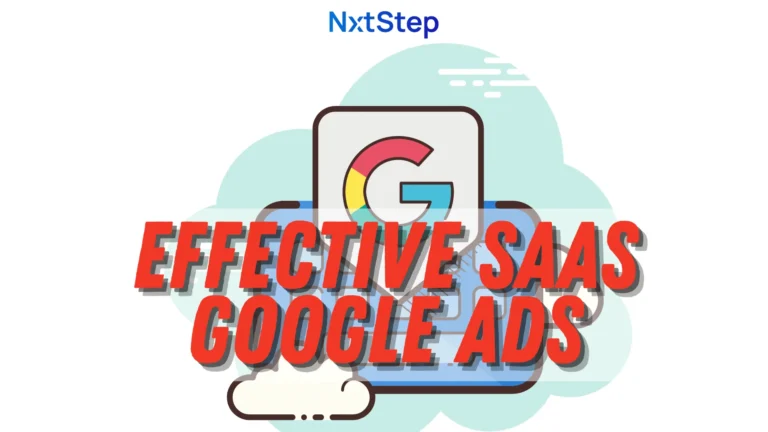Sometimes when we’re building and selling our product, we feel things aren’t moving fast enough. In order to speed things up, we experiment with different strategies.
A strategy I’ve written about before, details how to retool your product positioning by taking advantage of recent trends. The way the strategy goes is, if you can connect a growing trend in your market to the solution your product provides then you may be able to accelerate your progress. However, this approach isn’t without risk.
In that article, I cautioned product business owners about the possible risks of deploying this strategy. If used inappropriately, you can actually do more harm than good. Some of the feedback I received about that article, was that people wanted me to elaborate further on the risks of this approach so they could be better prepared if things do in fact go sideways. I decided to turn that request into this article and share with all of you.
If your product business is suffering from any of the following conditions, then you are going to want to read the rest of this article.
- Your product was selling, but not fast enough so you did some experimenting with your product positioning and product marketing.
- This experimentation led you to incorporate one or more trends of the market into your product positioning or product marketing.
- Your customers don’t seem to be responding well to this change.
- Your product isn’t flying off the shelves like you hoped it would. In fact, you may have actually somehow reversed your progress.
If you find yourself in this position with your product business, you’ve likely run into a common pitfall of attempting to deploy this strategy. You may be facing one of two possible situations.
- You selected a trend that doesn’t apply to the solution your product provides.
- You did a poor job connecting the solution that your product provides to this market trend.
Regardless of which camp you’ve fallen into, the results are the same – your product business is in trouble and you need to fix it fast. The results of messing this up can be devastating. To highlight just how devastating doing this wrong can be, I’ll share with you a story about a company called Long Island Iced Tea.
The company Long Island Iced Tea (makers of, you guessed it – iced tea) decided to in 2017 capitalize on the growing trend of blockchain technology and piggyback on the hype for marketing purposes. They repositioned the entire company around this new strategy and even changed the company name to Long Blockchain. Well, long story short, eventually it was understood that the company was unable to connect iced tea to blockchain and the market reacted accordingly.
After their initial announcement, the company’s stock rose by more than 300%. However, only a few short months later when the market realized they had no real plan to connect the technology to their products, the stock price plummeted and they were eventually delisted from the stock exchange.
The risks of using the strategy of layering a trend on top of your product positioning can be significant.
So if you’ve attempted this, and it hasn’t gone well what should you do now?
Reverse Course
If the trend you’ve attempted to incorporate into your product positioning doesn’t have a legitimate connection to your solution, you need to reverse course on that strategy and get back to the basics.
If you continue on the current path, it will only further confuse customers and negatively impact your marketing efforts. You may see an initial bump in interest, but that’s the calm before the storm. Once the market realizes your product positioning is untruthful, you’ll be in real trouble just like Long Island Iced Tea. Don’t risk it, correct your mistake and move forward.
Did layering a trend on top of your product positioning get you into trouble? Let’s fix it, email me at sean@nxtstep.io or visit me on the web at NxtStep.
To get product stories like this one delivered right to your inbox – sign up for my emails or subscribe to my YouTube channel.
Ready for your product to be rescued? Check out Product Rescue from NxtStep.


